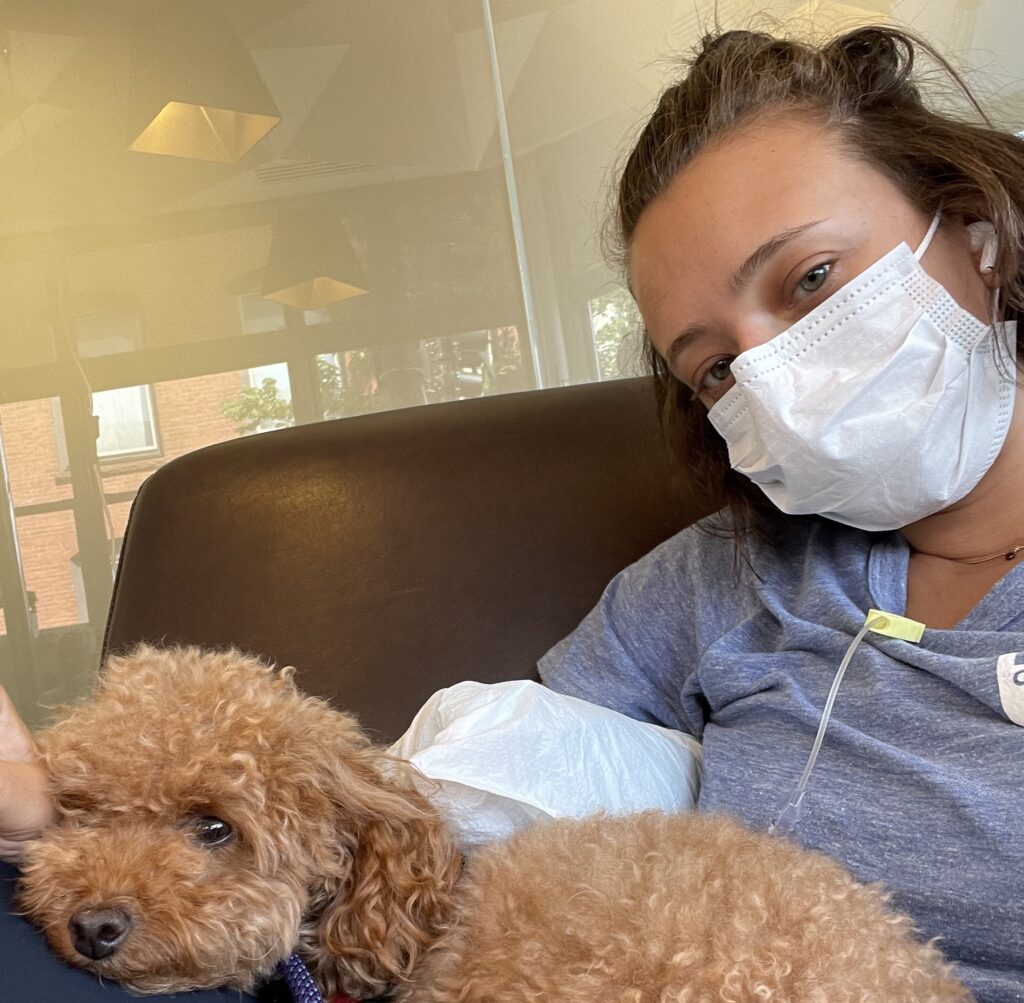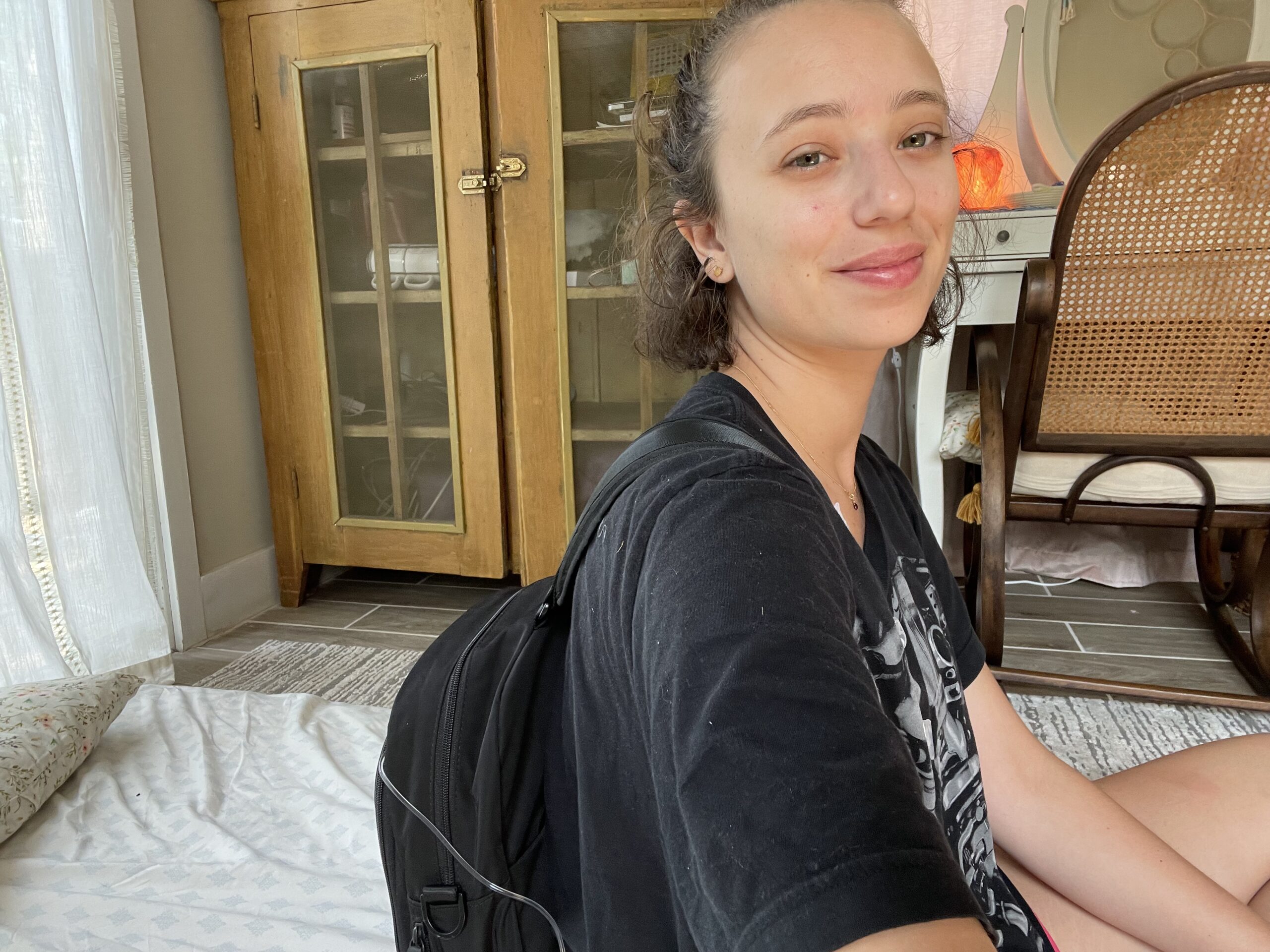In the fourth installment of our port series, I’ll share my personal tips, essential considerations, and a few complications to watch out for when living with a port.
First: a few personal tips from me
- After your port is placed, you will get a manufacturer’s information card. Keep this in a safe place! This card has information about your port, so make sure to keep it on you at all times. I would store mine in my Self Care Case or wallet.
- There are many types of ports available. Know which kind you have. For example, I had a Medcomp Dignity port that was compatible with CT scans. I suggest asking for a port compatible with CT scans to reduce the potential of needle sticks.
- It may be helpful to have a medical alert bracelet. This can help in case of an emergency.
- The port can stay in your body as long as your caregiver believes it is necessary and no complications arise.
- When it is time for the port to come out, an additional procedure will be done to remove it. This will be similar to how the port was put in.
- The interventional radiologist who placed the port “owns” the device. If there are any complications, they are the first person that you should contact.
Second: port access is different depending on your location
In our previous blog, I broke down feeling empowered by knowing how to access and flush your port on your own, but things may be slightly different in a hospital, clinic, or if you have a home health nurse come to you.
- In a hospital or a clinic, your port will be taken care of and flushed by a nurse.
- If you are at home, a home health care or infusion nurse may give medicines and take care of the port. It may be possible for you to do this on your own if your nurse trains you and approves that you are able to take on this responsibility.
- You or a family member can receive special training and directions for giving medications and taking care of your port at home.
In addition to receiving training from AVA-affiliated nurses, my home infusion nurse conducted two instructional sessions with my husband and me. She also empowered my husband to learn how to disconnect and remove my port after finishing my monthly IVIG treatment round. Most weeks, I would access my port on my own before my infusions.

Finally: complications you SHOULD watch out for
It is vital to seek immediate care if you see the following:
- Your port does not flush, or you are unable to get a blood return
- New drainage or pus is coming from the incision
- A foul smell is coming from the incision site
- You develop swelling or increased redness at the incision site
- You develop increasing pain at the port site, which was the reason my port was removed
- You develop swelling or pain in the surrounding skin near the port (which also happened to me)
You may need to have your port removed if you develop a life-threatening fever that could be related to a central-line infection. Make sure to get help right away if you are not feeling well or getting worse.
What other topics do you want us to cover regarding ports? Leave a comment below or email us directly here.

